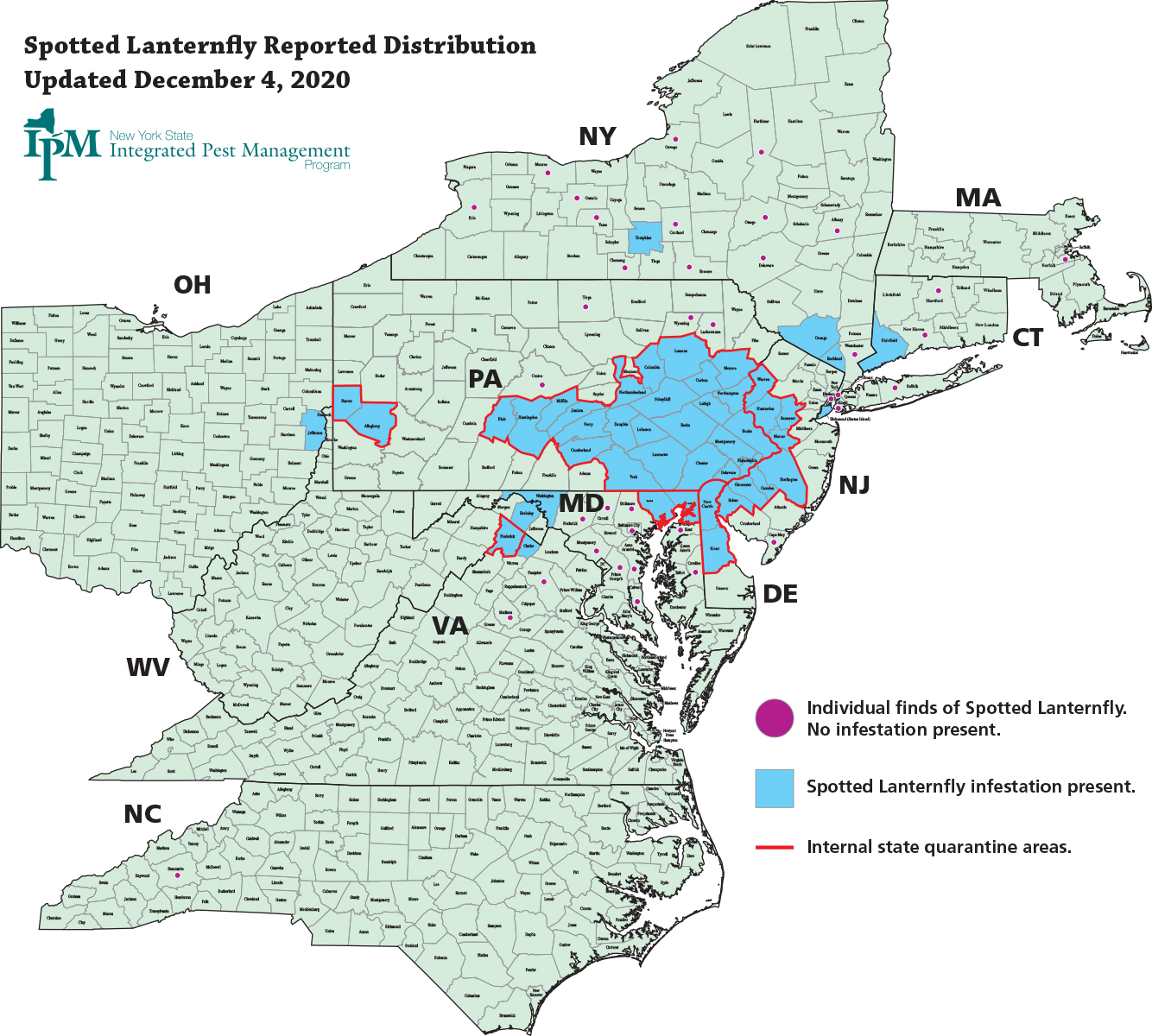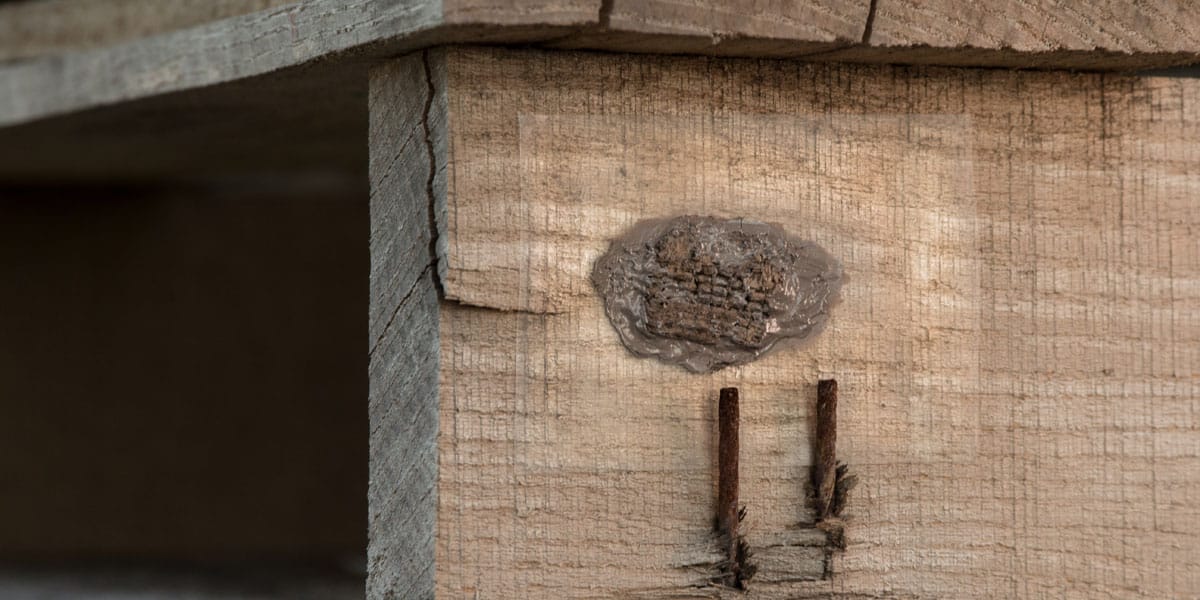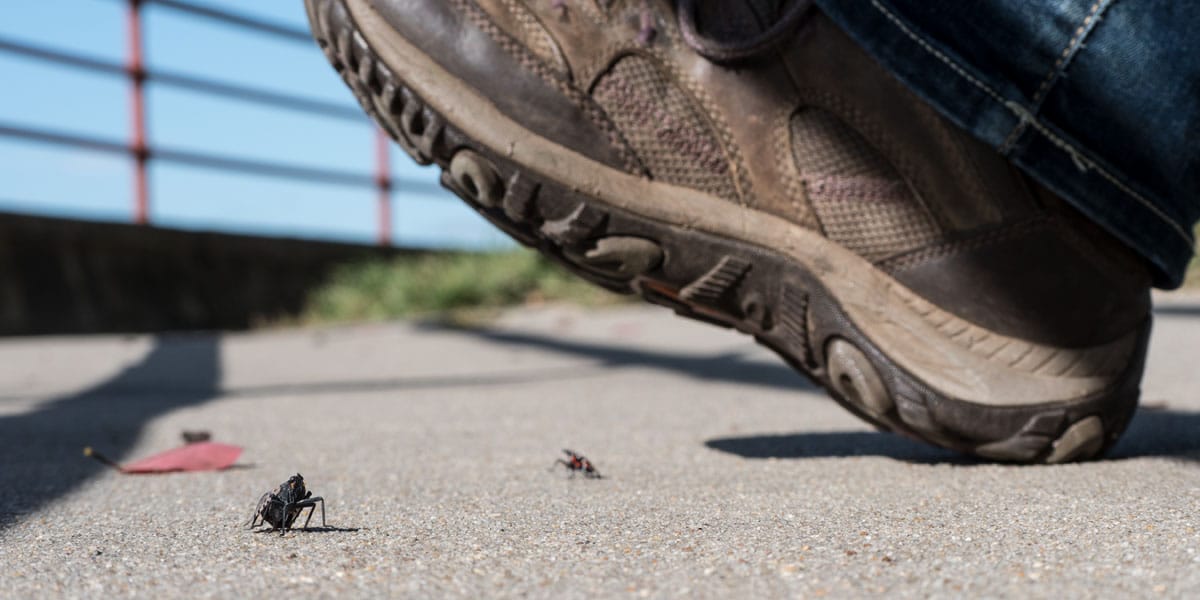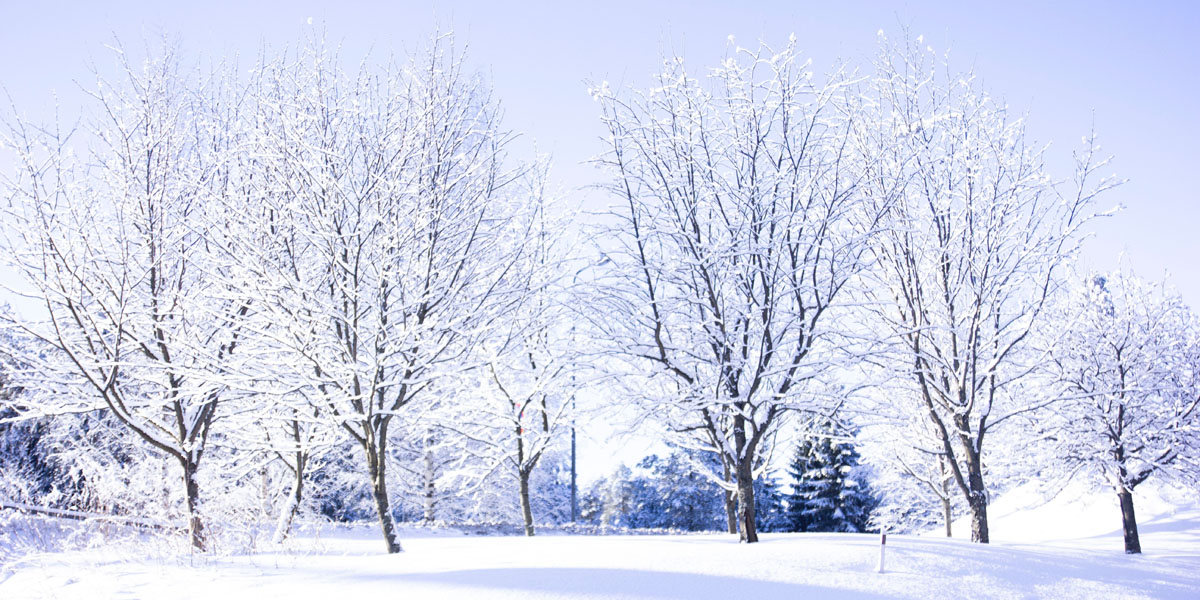Alert!
If you see a spotted lanternfly in Morris County or surrounding areas, report it immediately!
Take a picture: With your GPS function turned on your smartphone or a camera with GPS, take a photograph of ANY life stage (including egg masses)
Submit picture to: SLF-plantindustry@ag.nj.gov
Report a site: If you can’t take a specimen or photograph, call New Jersey Spotted Lanternfly Hotline at 1-833-223- 2840 (BADBUG0) and leave a message detailing your sighting and contact information.
Then, kill it by stomping on it or scraping off egg masses.
The Spotted Lanternfly (Lycorma delicatula) was first found in Pennsylvania in 2014. Since then, it has spread to many parts of New Jersey, including counties bordering ours. It hasn’t yet been confirmed in Morris County, but we expect it to arrive here very soon.
This serious and very destructive insect is a planthopper that’s native to Southeast Asia. It hitched a ride into the U.S. where it spread quickly, mostly because it has no natural predators here.
Spotted lanternfly (SLF) damages and even kills trees, crops, and garden plants. It also forms massive swarms that are a nuisance to people and property.
Since the insect itself is poisonous and has no predators, controlling SLF populations is difficult. One response has been to quarantine areas where this invasive pest has been found.
Spotted Lanternfly Quarantine Areas in New Jersey

Invasive spotted lanternflies harm crops, plants, and trees
All life stages of this insect, other than eggs, can fly, hop, or drop right into or onto vehicles – meaning that vehicles and equipment can easily and quickly help it spread. To prevent this from happening, New Jersey has enacted a quarantine over any area found to harbor the spotted lanternfly. This means that any material or object that can spread the pest cannot be moved without taking precautions to prevent it.
In New Jersey, the following counties have all detected SLF and are under a state-ordered quarantine:
- Burlington
- Camden
- Gloucester
- Hunterdon
- Mercer
- Salem
- Somerset
- Warren

Spotted lanternfly distribution and quarantine areas.
What does a SLF quarantine mean to me?
There’s a long list of items that cannot be moved without a thorough inspection and a completed checklist, including (but not limited to):
- Any living life stage of the spotted lanternfly
- Landscaping, remodeling or construction waste
- Firewood of any species
- Packing materials (e.g., wood crates, boxes)
- All plants and plant parts including logs, stumps or any tree parts
- Outdoor household articles like RVs, lawnmowers, chairs, grills, tarps, tile, stone, deck boards, and trucks or other vehicles not stored indoors
Quarantining means that if you plan to move any of those (or similar) items from a quarantined area to other places, you will have to verify that you have first inspected them for spotted lanternfly adults, nymphs, or eggs. Moving items that carry SLF spreads the invasive insect faster, over greater distances, so don’t do it!
Here’s the checklist you’ll need to complete and sign before moving items out of one of New Jersey’s SLF quarantine areas.
What are the signs of spotted lanternfly damage?
The SLF does a lot of damage by piercing stems and sucking sap from trees and plants. Depending on the plant and the infestation severity, plants are damaged, disfigured, or killed.
You can identify SLF damage from these symptoms:
- Oozing sap bubbling or running down tree trunks or branches
- Wasps, bees, and ants collecting on damaged trees (they’re attracted to the weeping sap)
- Leaf wilting
- Leaf curling
- Tree and plant decline and death
Spotted lanternflies also excrete honeydew, a sticky substance that causes sooty mold to grow on bark and stems. Not only is sooty mold unattractive, but it can also damage a tree’s health by lowering its ability to create energy through photosynthesis.
What does the spotted lanternfly feed on?

Spotted lanternflies prefer the tree of heaven
Over 70 species of plants and trees are targets for spotted lanternfly feeding and damage.
The SLF’s favored target is the weedy, invasive tree of heaven, Ailanthus altissima. However, it will also feed on other valuable trees, including red maple, sugar maple, oak, walnut, chestnut oak, liriodendron (tuliptree), and American sycamore. These are important crop and shade trees that need to be preserved.
Spotted lanternfly also attacks crops, including hops, grapes, and apples (among others). While these fruits may still be edible, SLF damage causes them to develop sooty mold, destroying their commercial value.
How can I identify spotted lanternfly?

You might spot SLF nymphs (young insects) from April through October
You can identify SLF infestation from these characteristics:
- Shiny, gray egg masses on tree trunks, logs, outdoor equipment, and vehicles, or any flat or smooth-surfaced location. Each egg mass contains 30 to 50 eggs. These are found in late summer and early fall.
- Red, or black and white-spotted, ¼ to ½” immature insects (nymphs) on plants and trees. You’ll usually see these in large numbers from April to October.
- Black-and-white and red-winged, 1” long adults in feeding on plants and flying in large swarms from July to December.
What should I do if I spot SLF in Morris County?
This invasive pest hasn’t yet been confirmed in Morris County so if you do see one, report it immediately!
You may find the insect resting on a window screen, on a tree trunk, on a car trunk, or swarming around you (ugh!). Or, although they can be difficult to see, you may notice an egg mass (particularly on an item that’s been brought in from an area with known spotted lanternfly populations).
Photographing and capturing the insect is the best way to document it.With your GPS function turned on your smartphone or a camera with GPS, take a photograph of ANY life stage (including egg masses).
You are then encouraged to stomp on as many of them as you can!
Report any sightings by submitting a picture to SLF-plantindustry@ag.nj.gov ASAP. If you can’t take a photo or capture a bug, you can also call the New Jersey Spotted Lanternfly Hotline at 1-833-223-2840 (BADBUG0) and leave a message detailing your sighting and contact information.
The residents and government of New Jersey rely on you to identify and document SLF sightings.
What should I do if I find SLF on my property?

A spotted lanternfly egg mass is disguised and can easily be missed on a wooden pallet. Be sure to check before transporting anything from quarantined areas.
If you find egg masses anywhere, destroy them immediately. You can scrape them into a container with rubbing alcohol or hand sanitizer in it, or into a sealed plastic bag.
If you find adult insects, feel free to stomp them!
Then contact an arborist and licensed pesticide applicator to see what can be done to control the population on your property. Alpine Tree has ISA Certified Arborists on staff and has s a NJDEP Pesticide Applicator Business License (#91603B). Give us a call for an inspection and treatment options.
Just remember to report your finding to SLF-plantindustry@ag.nj.gov.
What can I do to stop the spread of spotted lanternfly in New Jersey?

Stomping on spotted lanternflies is encouraged, as they have no natural enemy and are destroying crops and trees
Controlling the spotted lanternfly is very difficult. They have no natural predators and their mobility means they can spread quickly.
If you’re in an area with large populations of SLF, you may kill an adult insect but chances are one will fly over from your neighbor’s property to replace it.
Still, there are things you can do to help control or prevent SLF infestations. Reporting and killing are the two most effective steps, but there are other options as well.
Here’s what we recommend and why:
- Reporting gives scientists and state agricultural staff valuable information about the range and density of SLF, and makes tracking and stopping infestations easier and more effective.
- Scraping off and killing egg masses is the best way to reduce SLF populations before they hatch and start destroying trees and crops.
- Spraying nymph-stage and adult SLF with approved pesticides will knock down population numbers. There are also pesticides that can be injected into the tree instead of spraying.
- Removing tree of heaven host trees from your property will remove a primary food source for spotted lanternfly (call a professional for this!).
- Wrapping a sticky band or barrier around the base of your trees and trapping the insects on it will stop nymph-stage insects from crawling up into your trees to feed.
- Stomping on adult insects is effective (and satisfying!).
How can a tree service company help in the fight against SLF?
Spraying your trees to kill the spotted lanternfly is best done by professionals. All areas of a tree’s crown where the insects may be feeding or laying eggs must be reached in order for insecticides to be effective. Tree service companies with a NJDEP pesticide applicator license also have access to chemicals that are highly effective at controlling SLF but are not available to the general public. Certified Arborists, such as the team at Alpine Tree, have the experience and specialized equipment necessary for effective spray treatments.
And note that tree of heaven, which can grow to 100’, must be treated with herbicide before removal, so it’s another job that is best left to professionals with equipment and training.
Removing all but a few tree of heaven host trees is an important part of SLF control, as it forces the insect to congregate on these few remaining “trap” trees—trees that can then be treated with a systemic pesticide that will kill the noxious pest.
REMEMBER
You are the best defense against the spread of spotted lanternfly and we need your help to control this serious insect pest.
If you think you have signs of spotted lanternfly activity on your property, or if you think you’ve seen SLF but aren’t sure, give us a call at 973-964-7798. Our tree care professionals are experienced and trained to identify the insect and can recommend and provide the best options to control it.





